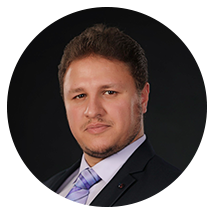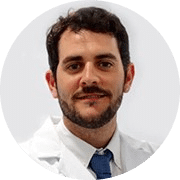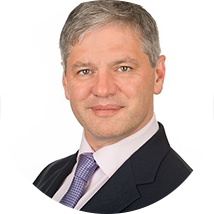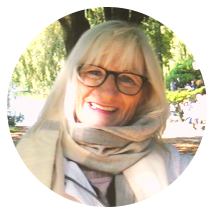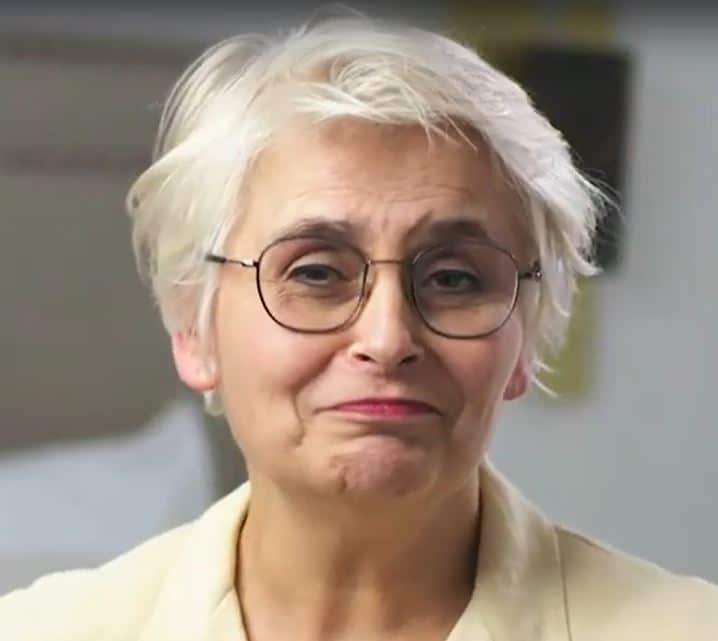Echotherapy - non-invasive treatment with ultrasound (HIFU)
Echotherapy is a new gentle treatment for varicose veins, non-cancerous thyroid nodules, and fibroadenoma of the breast. The treatment works with therapeutic ultrasound, so-called high-intensity focused ultrasound (HIFU). Compared to other treatment methods such as surgery, radiofrequency ablation or laser treatment, echotherapy is completely non-invasive and doesn’t leave any scars.
In an initial consultation appointment, the individual course of therapy is discussed. In general, a single treatment session is sufficient. The treatment is non-invasive (completely incision-free) and patients can usually resume their daily routine immediately after the treatment. Patients confirm that echotherapy is a gentle alternative to existing treatment options: No surgery is required and in most cases echotherapy can be performed on an outpatient basis.
Fields of Application of echotherapy
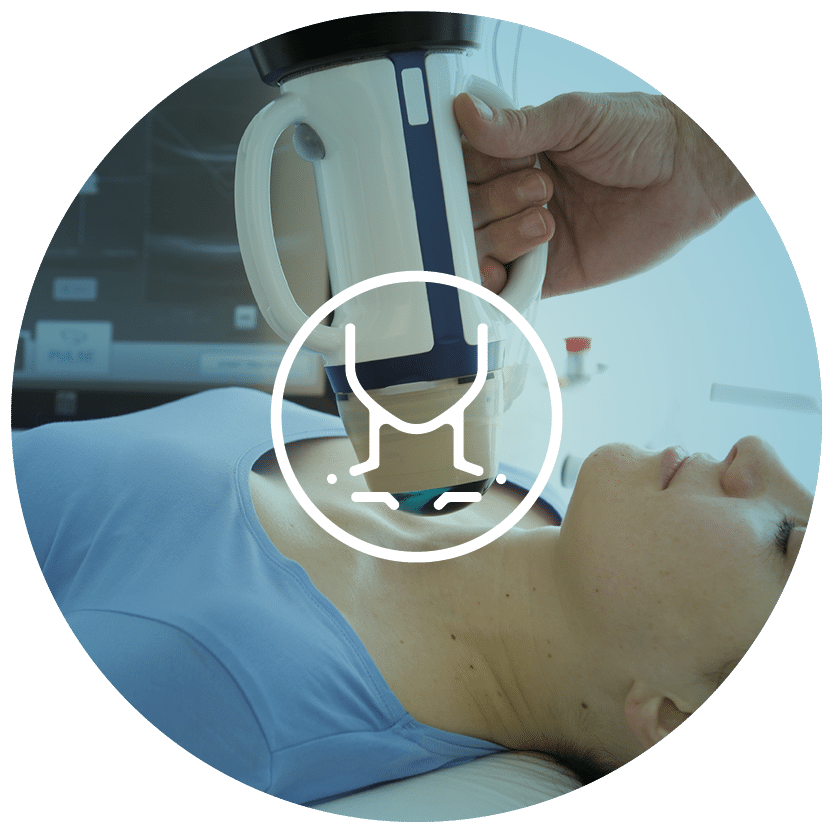
Benign Nodules of the Thyroid
Benign thyroid nodules can cause health or aesthetic problems due to their size and excessive hormone production. In these cases, treatment with echotherapy can be a treatment alternative which doesn’t leave any scars and maintains the thyroid function.
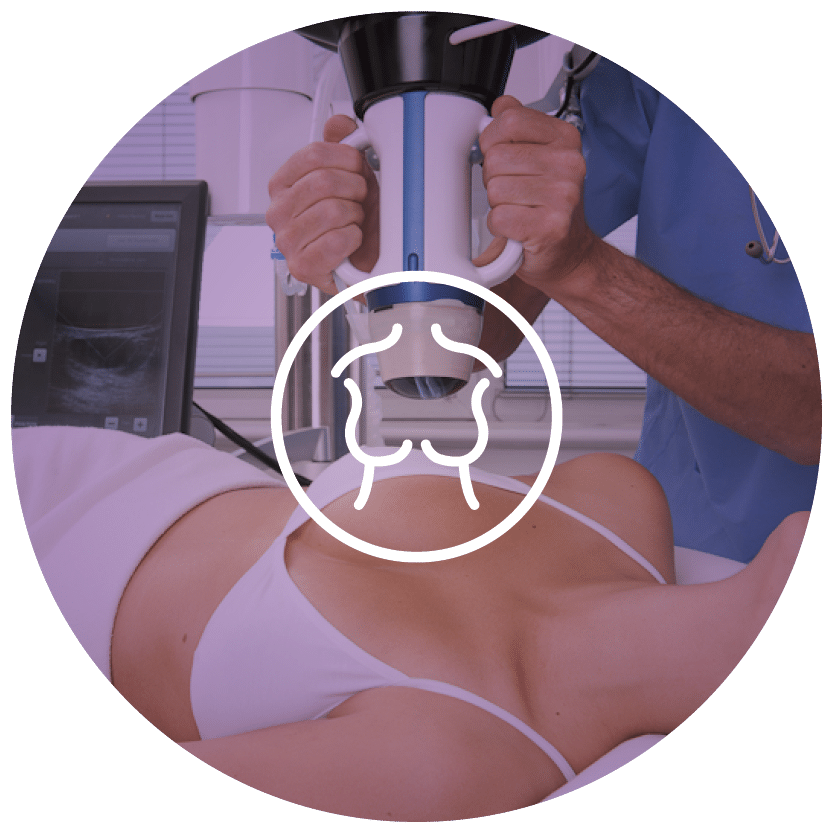
Benign Nodules of the Breast (Fibroadenoma)
If fibroadenomas reach a certain size or develop in an unfavorable position they can cause pain, restrict mobility or be aesthetically disturbing. Echotherapy offers an alternative to surgery which needs incision.
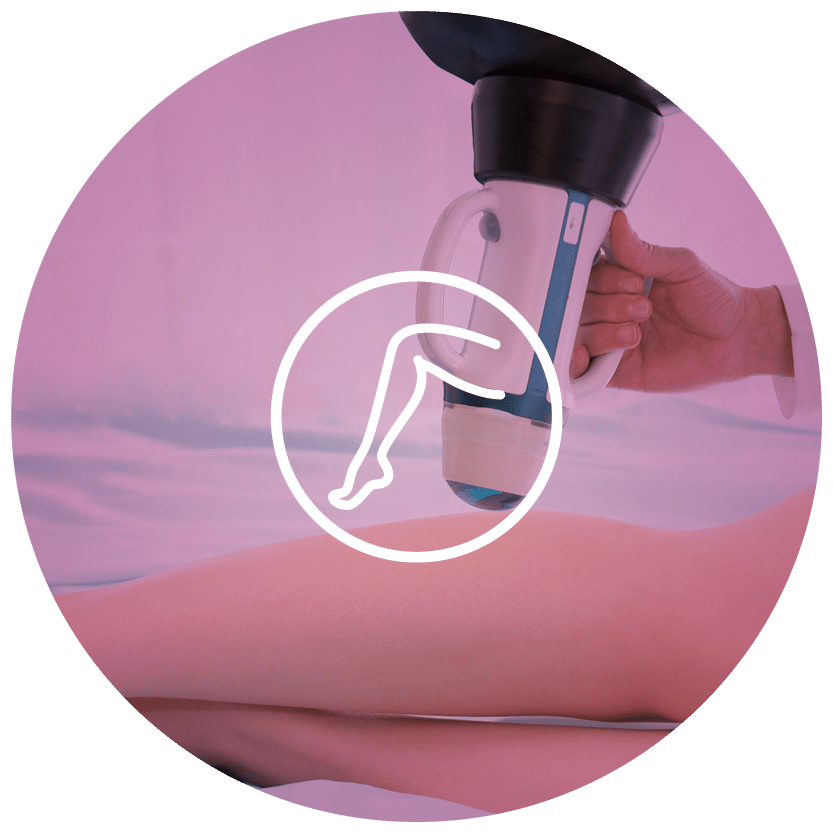
Varicose Veins
Heavy legs, itchy legs, night cramps, swelling or skin changes can be signs of advanced varicose veins. Non-invasive treatment with echotherapy can prevent complications by treating the diseased vein non-invasively, without any incision or injection of sclerosant chemicals.
Benefits of echotherapy
No incisions
no scars
Immediate return to daily activities
Echotherapy - the surgery-free treatment
Echotherapy has been developed to overcome the shortcomings of existing procedures such as surgery or so-called minimally invasive procedures. Even the latter imply an incision and patients are treated in a sterile environment like an operation theater. This is not the case for echotherapy: The procedure uses therapeutic ultrasound which passes through the skin. It therefore is a treatment from the outside. No general anesthesia is required and patients can typically resume their daily activities immediately after the treatment.
Four Questions answered by echotherapy Expert Professor Mark Whiteley
You are one of the world’s echotherapy pioneers and the first to apply the technique to varicose veins. Why did you decide to offer echotherapy as an option to your patients?
Echotherapy allows for the first time to treat patients from the outside – completely non-invasively. Why would you want to suggest an invasive treatment if you can avoid an intrusion in the patient’s body? We in our clinic seek to continuously improve patient care: 1999 we were the first to offer minimally invasive thermal procedures replacing surgical interventions. Today we are proud to be the first to offer non-invasive thermal ablation for varicose veins.
Echotherapy is a thermal ablation – what does that actually mean?
Thermal means heat is applied to destroy unwanted or malfunctioning tissue in the body. As opposed to cutting and taking abnormal tissue out, the targeted body part is simply treated “inside” the patient. Our body has a fabulous naturally existent system which takes care of the treated parts.
In your opinion, what are the key benefits of echotherapy?
Simply said: Patients avoid the scars. But beyond just the aesthetic side, there are many reasons to opt for a completely non-invasive treatment. Where there is no incision there will be no infection. Also the patient doesn’t have to be treated in an operating room and can keep their normal clothes on.
Another benefit of echotherapy is the accuracy and the robotic assistance: precision and automation help protect healthy tissue from thermal damage.
What should patients expect when they prepare for an echotherapy procedure?
Treatments can be planned any time of the day. Patients don’t have to prepare for anything in particular and are allowed to eat before. It’s best to wear normal, comfortable clothes. As they enter the room they lie down on a treatment table and our team applies some ultrasound gel on the area to be treated. In a next step, we localise the exact treatment position by using a small diagnostic ultrasound probe. The treatment ultrasound probe is positioned on the skin – and the system starts the treatment with repeating pulses of ultrasound.



